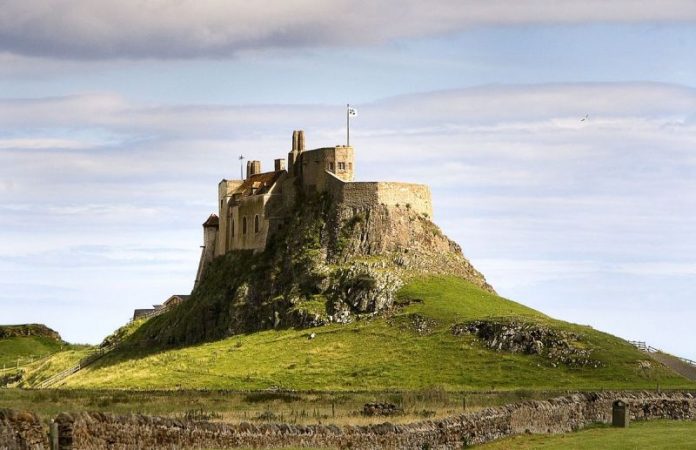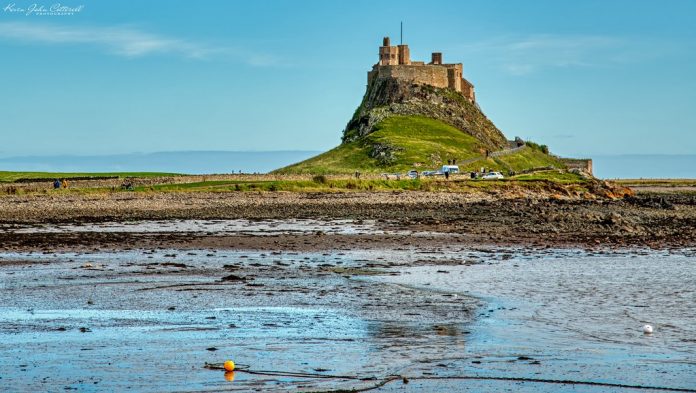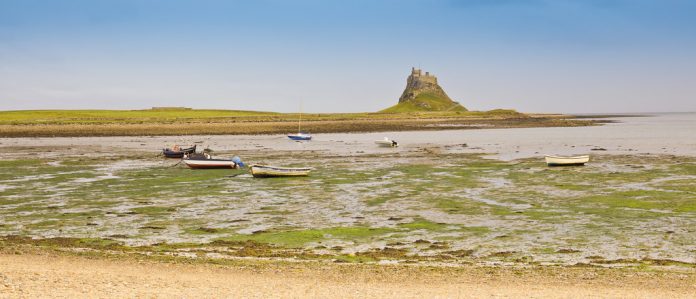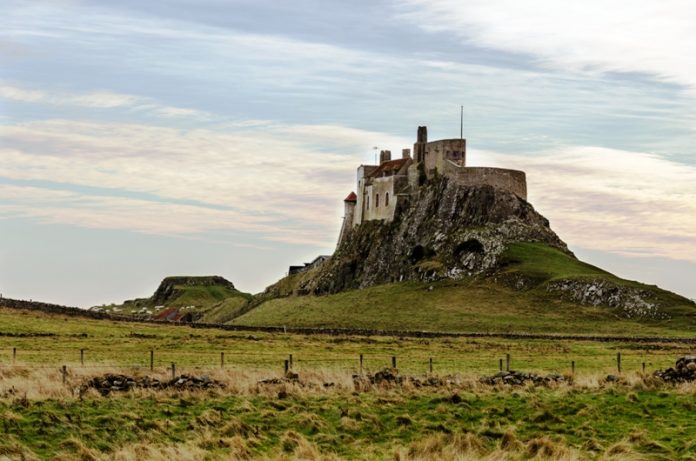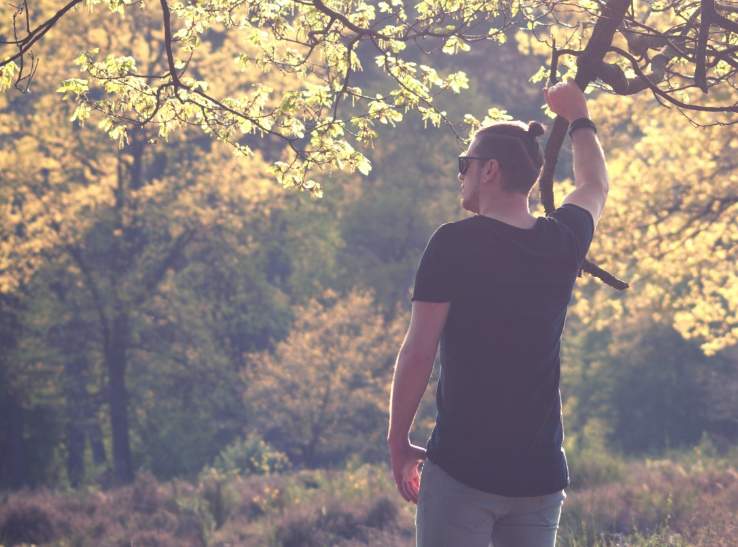Lindisfarne Castle is located near Berwick-upon-Tweed in Northumberland, England, near the Holy Island, and was heavily altered by Sir Edwin Lutyens. It dates from the 16th century. A causeway connects the mainland to the island at low tide. It is about 3.5m above sea level at its lowest point on the causeway road. It is 4.5m above sea level on average on the causeway road.
Where is Lindisfarne Castle? It is located in the early English Christian tradition; Linnasfarne – also known as Holy Island, was a major center of influence. Also, you can see Lindisfarne Castle from here, as well as Bamburgh Castle and the Farne Islands, located approximately five miles away.
There are plenty of reasons to visit Lindisfarne, and the castle is well worth a visit. A significant saint’s cult dedicated to its bishop, Cuthbert, arose here as a result of Irish monks setting up residence here in AD 635.
Despite being small and adorable, the staff is friendly and very knowledgeable about the area. In miniature, it’s like stepping into a fairytale castle. There have been a number of films shot at Linnisfarne Castle. So, you can call the place a favorite location for movies.
There was once great tension between England and Scotland along the border where the castle is located. The area was often attacked by Vikings, as well as English and Scots. Lidnisfarne was vulnerable to Scottish and Norse attacks due to its location in the North Sea.
Enric Miralles, the architect of the Scottish Parliament Building in Edinburgh, took inspiration from Lutyens’ upturned herring busses. Lutyens’ long-time friend and collaborator Gertrude Jekyll designed the walled garden, which originally served as the garrison’s vegetable plot, between 1906 and 1912. The walled garden is some distance away from the castle. Limekilns are open, as are the castle and the Gertrude Jekyll garden.
The original purpose of Lininfarne Castle was to protect the natural harbor located within the lee of Holy Island through an artillery battery. Two Jacobites briefly held it in 1715 after it had been occupied by parliamentary forces during the Civil War. A 15-acre park surrounds the castle, offering iconic views, shoreline wanders, and wildlife spotting opportunities.
Visiting the grounds, garden, and limekilns does not require a reservation. A steep climb around the rocky base leads to the castle’s entrance, which is quite dramatic. The entrance hall of the castle is divided into sections by large stone pillars, which are somewhat similar to the columns of a church nave because of the contrast between the dark reddish-brown of the stone and the whitewashed plasterwork. Floored with bare stone, the space is complete.
A large stone fireplace dominates the kitchen, which is almost as bare. Lutyens utilizes the space in an interesting manner here, as well as at Castle Drogo. The castle’s forms are simple, and his textures demonstrate a rustic, spartan lifestyle by incorporating stone, brick, slate, and wood. It has the ambiance of a home, but the architectural features are incongruous. A tiny window covers the stone sink in the scullery, surrounded by a portcullis mechanism.
From November 2016 to April 2018, Lindisfarne Castle was under renovations and restoration. It takes about 15 minutes to walk from the harbor to the castle after going through the village and the harbor. You really can’t miss it. As one of the most popular vacation spots in the world, Holy Island has a number of high-quality accommodations.
Various accommodation options are available, including hotels, self-catering cottages, and B&BS. This Castle is amongst the most popular tourist attractions in England, and for obvious reasons. It looks like a magnificent medieval fortress rising from a basalt outcrop like it were part of the rock, but actually, it is a natural fortress formed by basalt.
